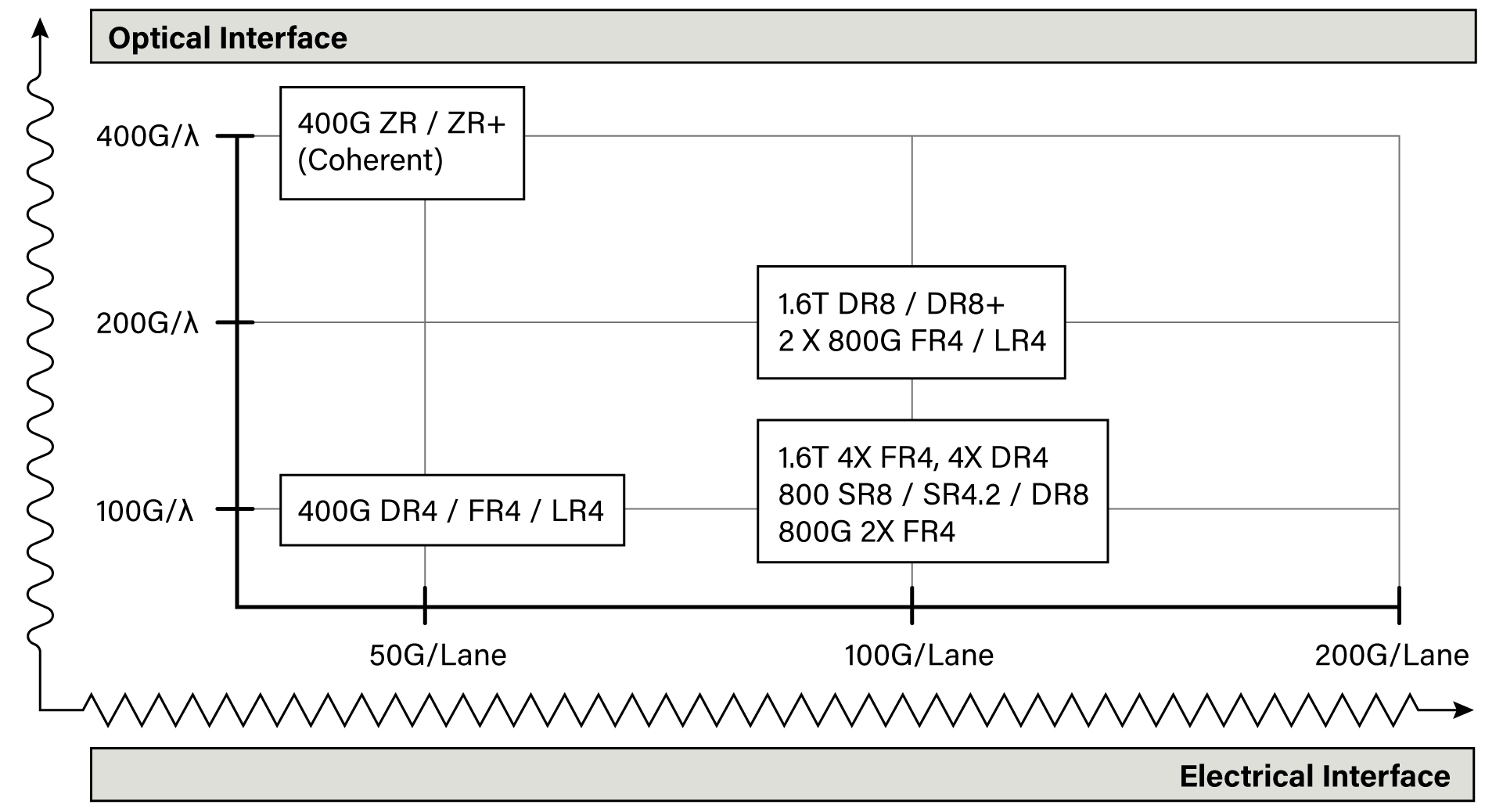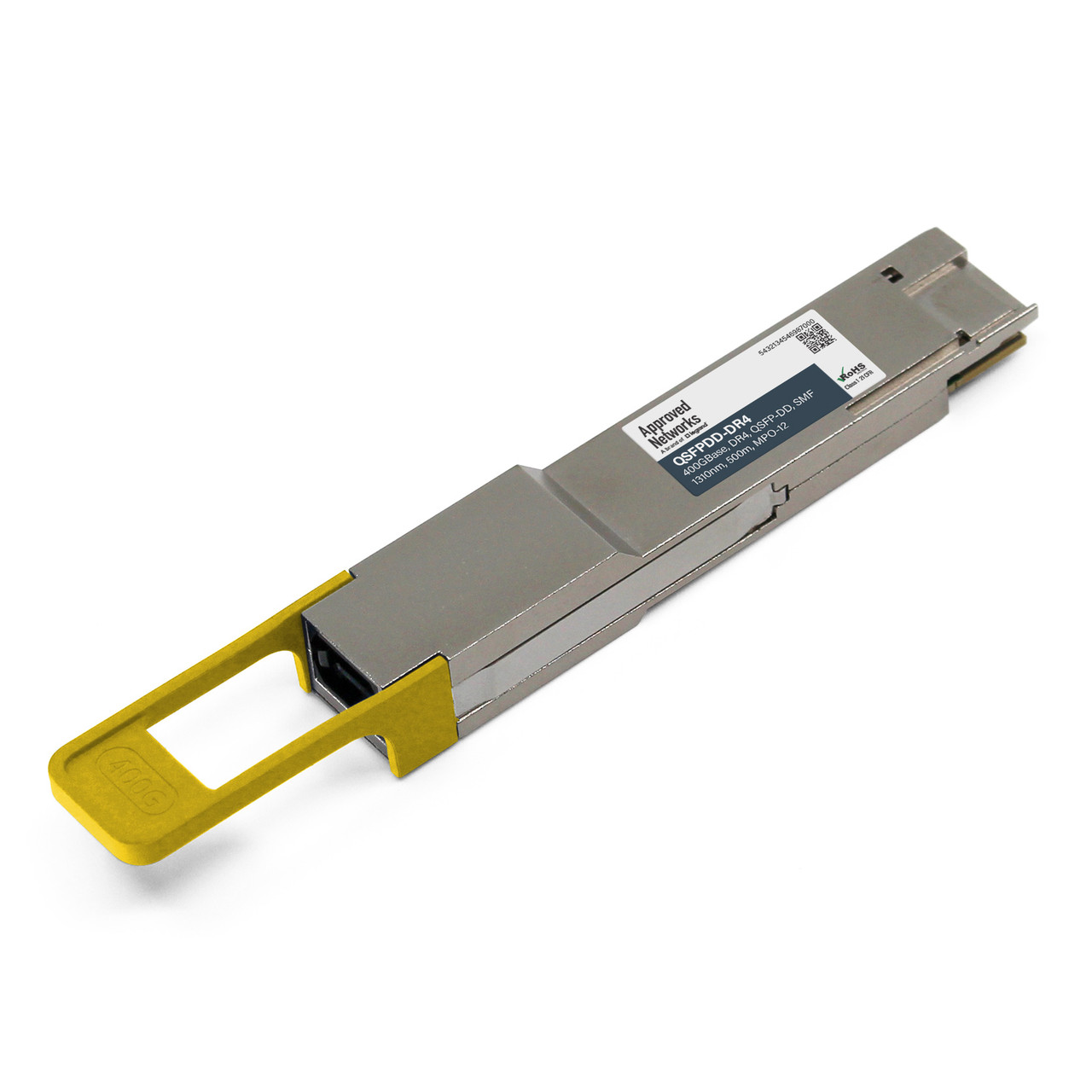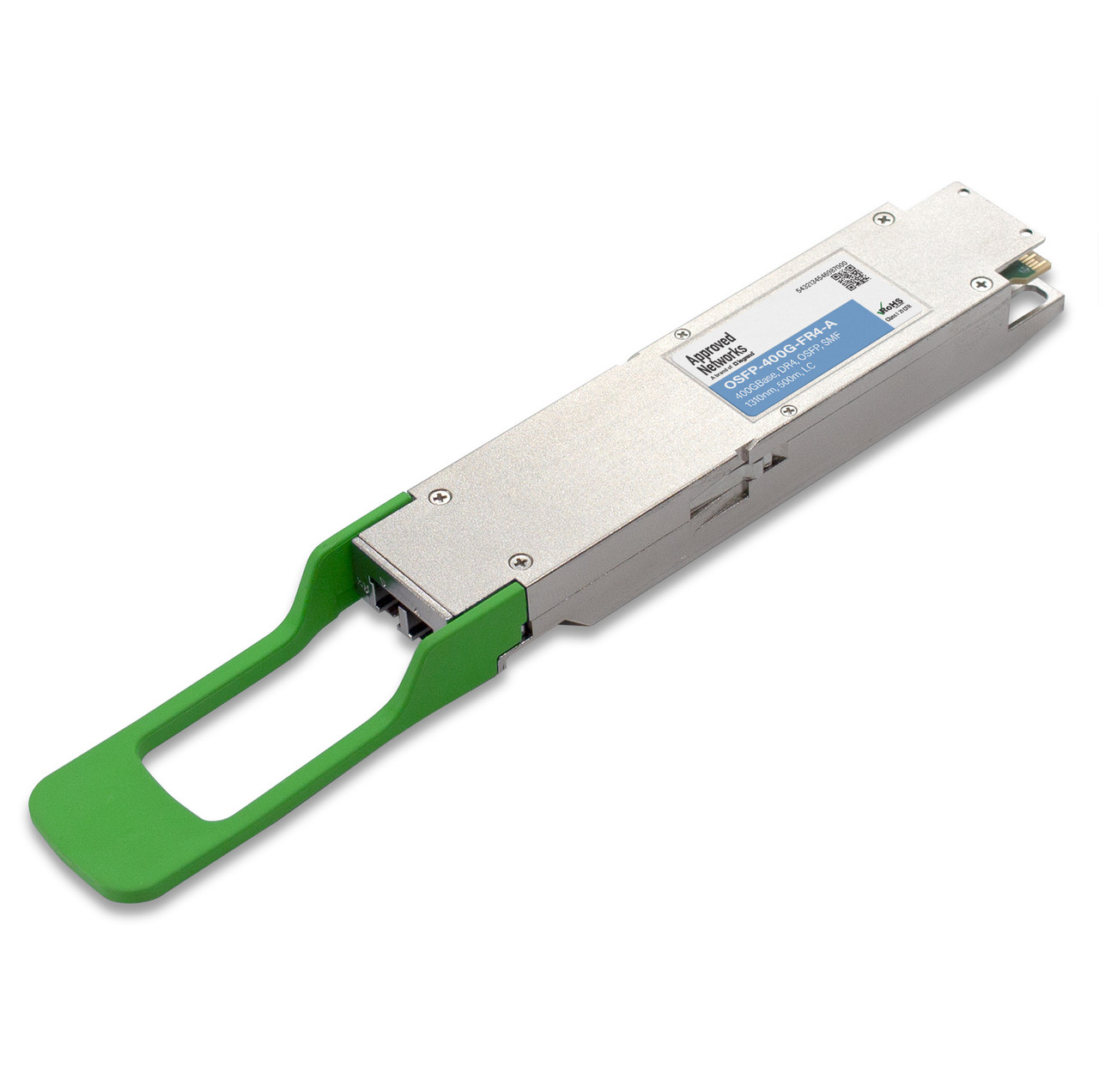A Look at the Fiber Optic Tech Horizon
Posted by Frank Yang on May 25, 2023

Currently, there are several 800G optics available on the market, either in production or in the sampling phase. They include a mix of 800G OSFP and QSFP-DD, such as the 800G OSFP 2x FR4 and DR8, and the 800G QSFP-DD SR4.2 BiDi and SR8. These optics share some similar features.
On the electrical side, the 800G optics have 8 electrical lanes, with each lane providing a speed of 100Gb/s. On the optical side, they have 8 lambdas, with each wavelength operating a speed of 100Gb/s using PAM4 modulation.
At the recent OFC Conference 2023, there were several live 1.6T demonstrations, including the OSFP-XD DR8. It had 8 optical wavelengths, with each wavelength running at a speed of 200Gb/s using PAM4 modulation, while the 1.6 Tb/s optic had 16 electrical lanes, with each lane running at a speed of 100Gb/s.
I was wondering if it would make more sense for the 1.6 T optic to utilize the 200G per electrical lane technology.
To illustrate the underlying technologies at a high level, I have compiled a list of high-speed optics. I’m looking forward to seeing optical transceivers take advantage of the upcoming 200Gb/s per electrical lane technology.

The OSFP-XD 4x FR4 and 4x DR4 were also demonstrated at the conference, and I was impressed. As for whether QSFP-DD will continue to play a role in 1.6T optics, that remains to be seen, but it looks promising.
As technology continues to evolve, it's becoming increasingly clear that the industry is no longer only focused on developing higher speed networking, building lower-power consumption optical transceivers, or creating longer reach optical transceivers. Those are all good things, but the emphasis is moving towards making real social changes, like creating a sustainable world, and focusing on the human potential. These are the issues that are driving innovation in the tech industry today.
The industry's shift towards social change is a reflection of the increasing recognition that technology has a significant impact on society. The industry is now focusing on developing technologies that have a positive impact on society. For example, we are seeing a growing number of companies developing high-speed network powered AI tools that can help diagnose diseases, detect fraud, and improve mental health.
Similarly, the industry's efforts to help create a sustainable world is a response to the growing concern over the environment. We are seeing the industry is developing lower power consumption optics and lower energy-per-bit transmission technologies.
As we have all experienced, technology can improve people's lives in meaningful ways, be it education, innovation, healthcare advances and quality of life issues. The efficiency of existing products and improving their productivity is an important step in laying the groundwork for what comes next.
The industry is developing technologies that can help people learn, work, and connect with each other, adding to the human experience. As long as we are aware of all the potential side effects — good or bad — we can continue to advance and improve lives in both small and large ways.
Related Products
 400GBASE-SR8 QSFP-DD MMF 850nm 100m DDM Transceiver
400GBASE-SR8 QSFP-DD MMF 850nm 100m DDM Transceiver


